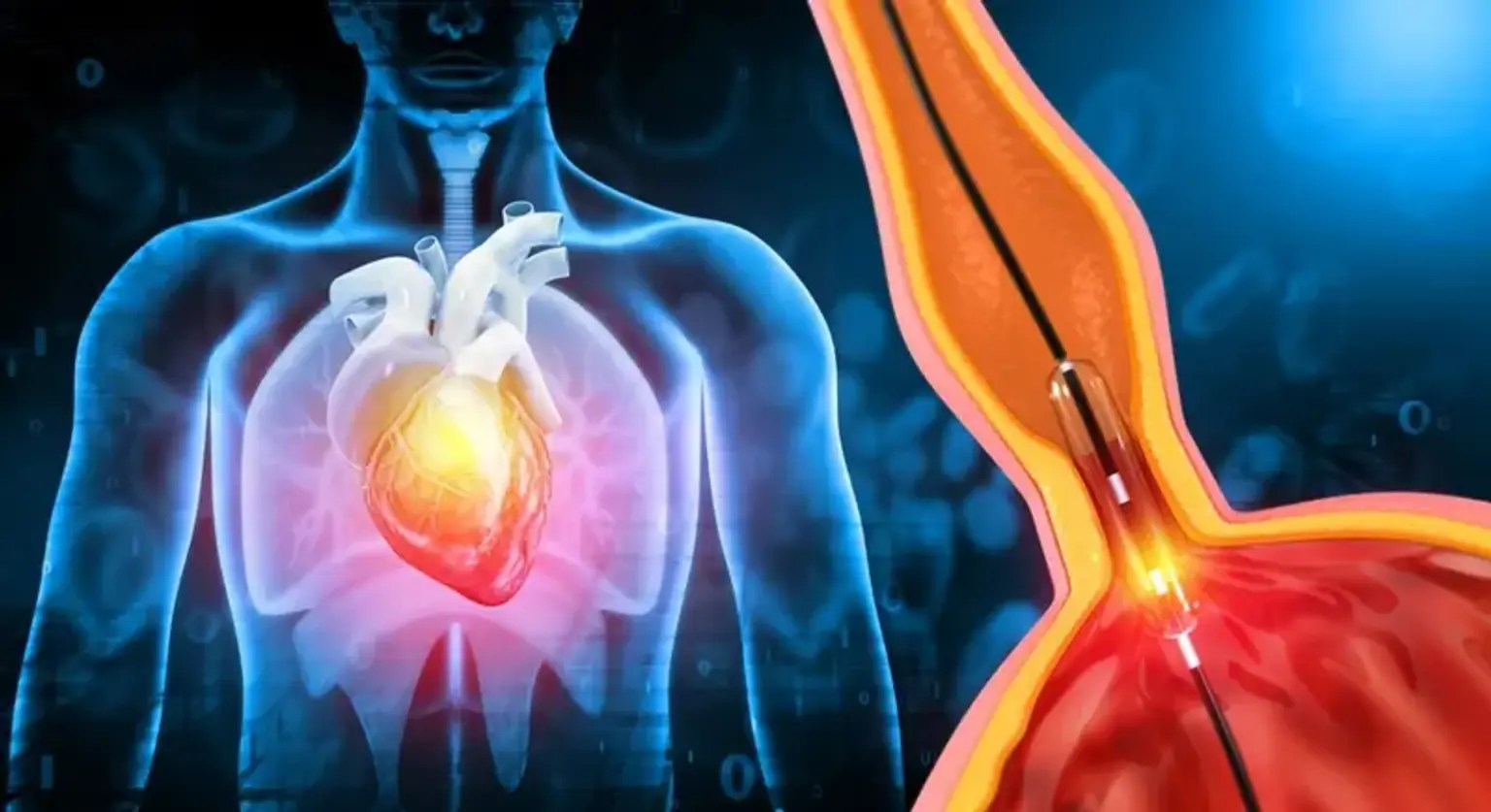Cardiovascular Interventions
Overview
Because of advances in medical technology, a wide range of cardiac interventions are now accessible to improve and protect your cardiovascular health. Cardiac intervention is the clinical name for a wide range of operations used to prevent and treat cardiovascular diseases such as heart attacks and coronary artery disease.
While cardiovascular intervention isn't always required to treat heart problems, doctors may recommend it for a variety of reasons, such as treating or preventing heart attacks and blood clots, addressing irregular heartbeats, opening blocked or narrowed arteries, repairing congenital heart problems, and replacing damaged or diseased heart valves.
Some cardiovascular problems necessitate open surgery, although many are addressed with minimally invasive procedures such as catheters and robots.
